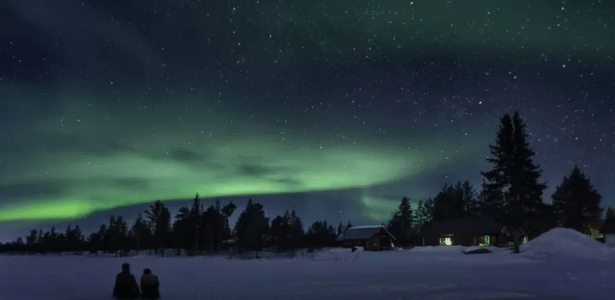Earth has been hit by a series of solar storms in the last week, triggered by an explosion in the Sun days earlier. With this, it was possible to visualize the aurora borealis at lower latitudes than normally occur.
This time the solar flare was moderate and the storms did not cause much concern as there is no risk of major damage to the atmosphere. British and Americans were able to watch the spectacle in the sky.
understand the phenomenon
Solar flares are eruptions on the surface of the Sun caused by changes in the magnetic field, which release radiation into space in the form of particles or light.
When propagating through space, this material can generate geomagnetic (or solar) storms of varying intensity, but with the power to cause changes in particles around the planet.
On the ground, damage to electrical and telecommunication networks can occur and lead to suspension of radio transmissions and other means. The aurora borealis can also occur at the poles or in other locations.
The brightness and duration of the aurora borealis is due to a chemical process, in which the solar plasma ionizes the nitrogen and oxygen molecules present in the Earth’s atmosphere. Depending on the intensity of the phenomenon, the auroras can be pushed south and be seen in regions other than the poles.
The phenomenon may become even more frequent in the coming years, due to a new solar cycle of intense activity known as Solar Maximum. Each cycle lasts 11 years. In it, the surface of the Sun becomes more agitated, expelling high amounts of radiation towards space.
–


